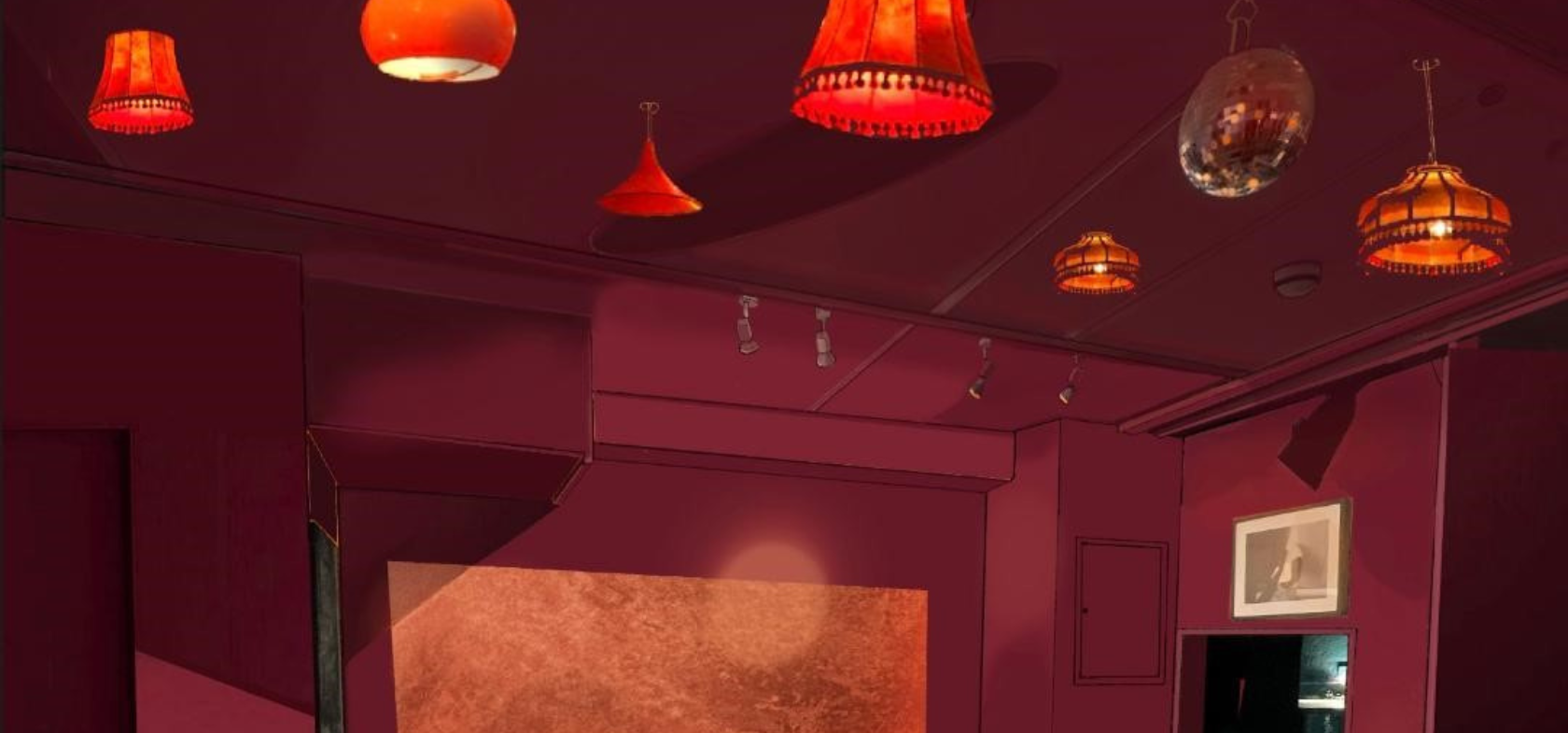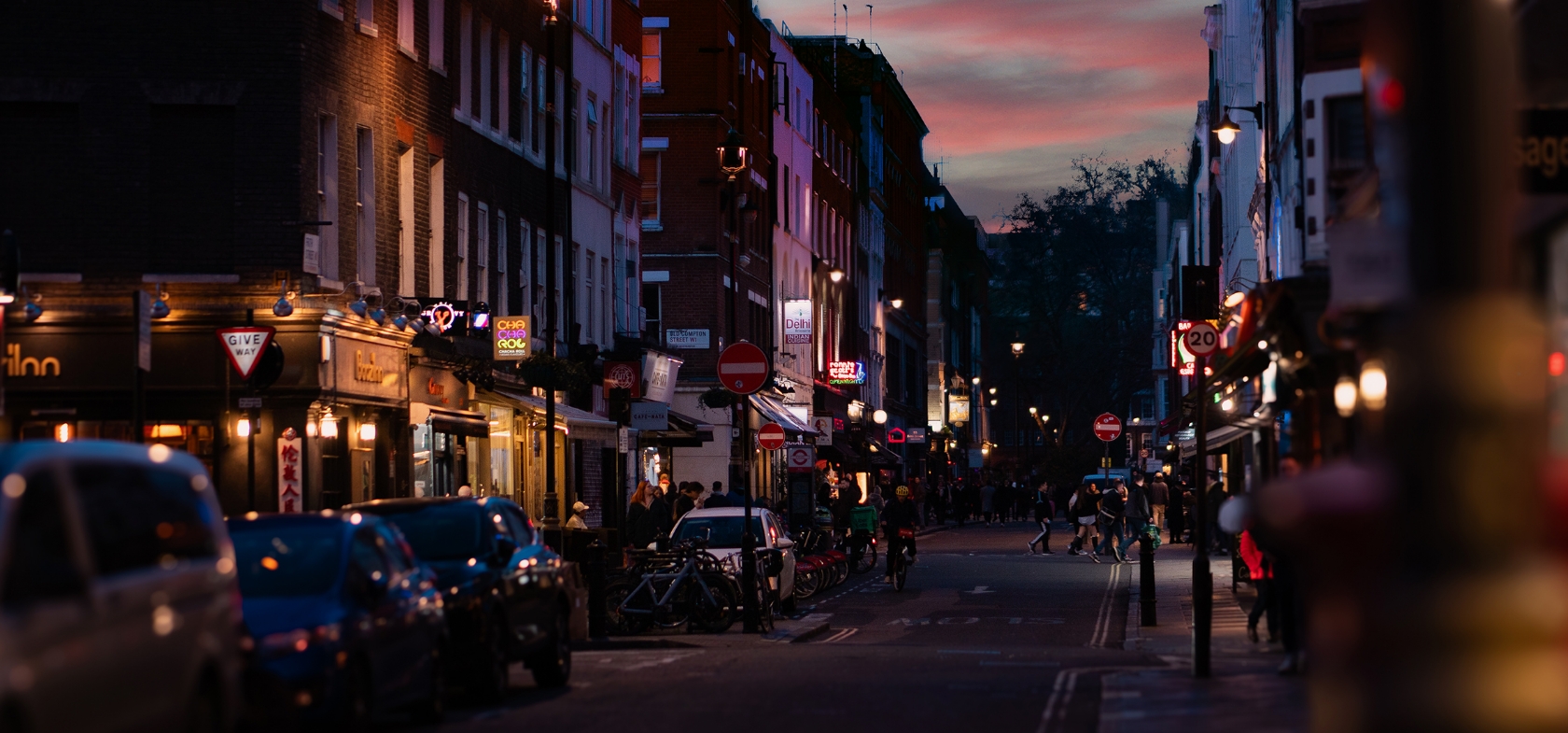THE HISTORY
Most aficionados of British popular music are aware of the blues and rhythm and blues boom of the 1960s. Band leaders like Alexis Korner, Chris Barber, Cyril Davies and John Mayall had all heard the American proponents: Muddy Waters, Howlin’ Wolf, Robert Johnson, Freddie and Albert King. Records brought in by
American seamen and G.I.s played a large part in the Britons’ education.
That’s how the embryonic Beatles got to hear Chuck Berry and Little Richard. From these beginnings, a whole roster of electric blues musicians emerged in London and elsewhere: Eric Clapton, Jeff Beck, Jimmy Page, The Rolling Stones. The music
was simple, loud and exciting, and in retrospect seems like a deliberate revolt against the increasingly complex and demanding be-bop jazz of Charlie Parker and Miles Davis.
Less well-known is the burgeoning acoustic folk, blues, and singer-songwriter scene of the time. Folk clubs had been around since the 1950s, most notably Ewan MacColl’s Ballads and Blues Club. Again, it seems like the younger generation were starting to rebel against MacColl’s more austere strictures, and the new singers and players drew on a whole host of influences that included blues, traditional songs, Middle Eastern modes and Indian ragas. The singers and players that emerged reads like a roll-call of the most Influential musicians and songwriters that Britain has produced: Davey Graham, Bert Jansch, John Renbourn, Wizz Jones, Martin Carthy, Al Stewart, Donovan, Cat Stevens, Roy Harper, Ralph McTell, John Martyn, Sandy Denny, Dave Cousins. The distinguished Americans who showed up to play included Bob Dylan, Paul Simon, Joni Mitchell, Jimi Hendrix and Jackson C. Frank.
Where was this explosion of musical creativity taking place? Certainly clubs were springing up all over the country in the 1960s, but the three main ones in London were Les Cousins, Bunjies and The Troubadour. It’s said that you could hear the acts at Bunjies until 10 pm, get a couple of drinks, and then head off to the all-nighter at Les Cousins. All these clubs (including Ewan MacColl’s) were in Soho or nearby, but The Troubadour was, and is, further afield in Earl’s Court.
Sadly, none of the 60s clubs around Soho are still operating. Even the 12 Bar Club in Denmark Street closed its doors in 2015. So we at Soho Folk & Blues are bringing back the informal atmosphere and “vibe” of those early days. The small room lends Itself perfectly to the kind of intimate relationship between performer and audience that is so often lost when music is amplified. We hope to promote all kinds of music from all kinds of cultures, but at the same time remembering that we are drawing on the amazing 1960s legacy of Soho folk and blues.


